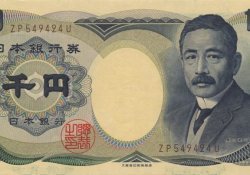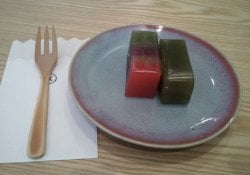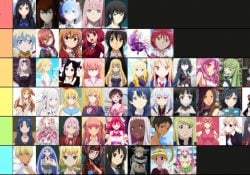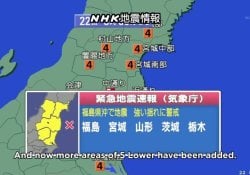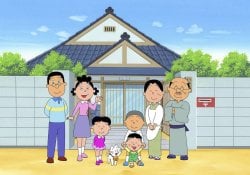Did you know that in the past, when Japan was a sparsely inhabited territory and most of the world was still unaware of its existence, the country was coined as the “Kingdom of Wa” by the Chinese? Do you know how life worked in the ancient japan? And what is the meaning of the term “Wa” in this context? How was the country seen by the Chinese at that time? You will learn all this and more in this article about the history of Japan in antiquity and the meaning of the expression “Kingdom of Wa”.
To learn more about the history of Japan, we recommend reading our article entitled "Summary of Japanese History Told in Ages".
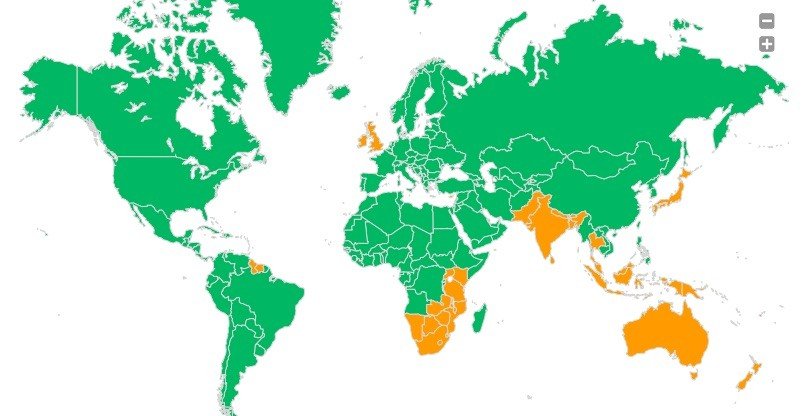
Introduction - Ancient Japan
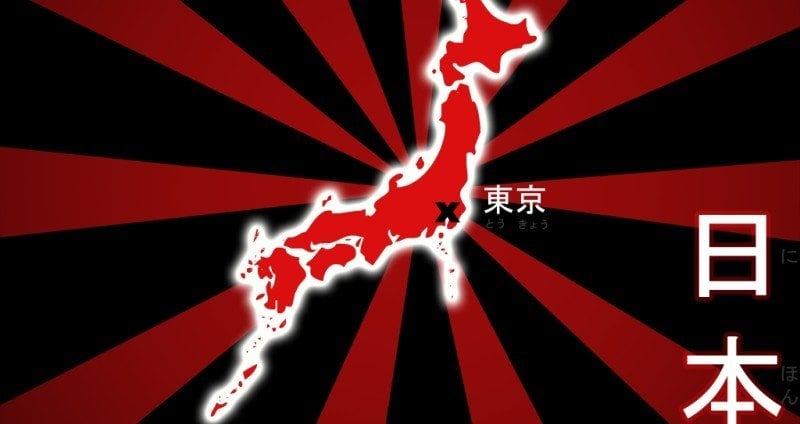
In antiquity, the island we know today as "Japan" (Nihon or Nippon) has already been known by other nomenclatures. Among the numerous synonyms for "Japan", such as "Kingdom of Yamato", "Land of the Rising Sun", "Land of Cherry Trees", "Land of Samurai", one of them is less known to the public, mainly because it was used in a joking way by the Chinese to identify the island to the east, in which they were close neighbors. “Kingdom of Wa”, therefore, was the nomenclature used by Chinese writers when referring to the Japanese islands, especially to the island of Kyushu, located to the south.
A chinese society from antiquity he began to nurture a deep interest in the Japanese lands that lay ahead. The Chinese territory, being larger in comparison to the then "Kingdom of Wa", was seen as superior by Chinese (and Korean) scribes, causing them to coin the term Wa - 倭 (わ), with this kanji - which , in turn, means "dwarf" or "inferior". Until the middle of the eighth century, the kanji 倭 was the most present in Asian writings, when it was later replaced by the ideogram 和 (わ) with the same sound, but with a completely different meaning, which can be translated as "peace" and "harmony". ".
In ancient times, Japan was also known for several years as the “Kingdom of Yamato”. This, in turn, is a more common and well-known denomination compared to “Kingdom of Wa”. In the book “Concise History of Japan”, by Brett L. Walker, this form of treatment of the Chinese and Koreans towards the ancient Japanese is briefly explained, more specifically towards the size of the territory.
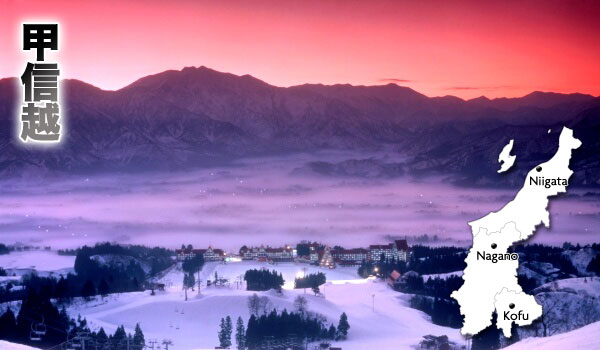
Meaning of the term “Wa” and historical context
unlike the WA particle or the kanji of the same sound 輪 (wheel, circle) and 和 (peace, harmony), the “wa” we refer to in this article is written like this: 倭. This symbol carries with it an outdated idea of inferiority. As we all know, diplomatic relations between Japan and China have always been quite irregular, given the nationalist character that each of the nations has always cultivated, almost always aiming at their own interests, needs and objectives within the Asian continent. It is believed that the choice of the word “wa” to designate the small East Asian island of that time was exclusive to classical Chinese texts where not only Japan, but other nations were referred to in a pejorative way, often as “barbarians” or things like. In the specific case of Japan, they were portrayed as “dwarfs” (kanji meaning).
According to the historian Emiliano Unzer Macedo, in his book "History of Japan, an introduction", such reference is taken as originating from the year 82 AD, more specifically in the work Han Shu (which means "History of Han" in Japanese ). Still according to Unzer, Chinese historians described the "Kingdom of Wa" as a dispersed and decentralized (or disunified) community.

When analyzing in detail the radicals of the kanji above, we can see that we have three very controversial radicals: the one for person (on the left), the one for grain (in the middle and at the top) and, finally, the radical for woman (below) . For cultural reasons in Eastern antiquity, these three radicals together gave rise to the ideogram 倭, which nowadays is extremely rare to appear, especially in modern texts.
No desu, famous online dictionary of the Japanese language, reports that this kanji, from time to time, replaces the kanji 和, often carrying the original meaning of "Japan". However, for the purposes of historical understanding, the most common meaning in ancient texts is that of "dwarf" and "inferior".
Note: If you want to learn more about how to look up kanji in the dictionary, read our article about Jisho by clicking here!
Conclusion

Finally, it should be noted that “Kingdom of Wa” is already a dated term, which is predominantly present in history books and ancient Chinese chronicles, and it is not advisable to use this terminology nowadays.
The purpose of this article is not to delve into the entire history of ancient Japan, but rather to highlight an unknown curiosity about the “Wa” nomenclature.
If you are interested in delving into other historical themes, we advise you to read the books mentioned above and the book “Os Japoneses” by Célia Sakurai, which provides a broad and concise overview of the most important historical events in the country over the millennia.
What's up? Did you like the article? So comment, like and share on social media! Leave article suggestions in the comments! To the next!

